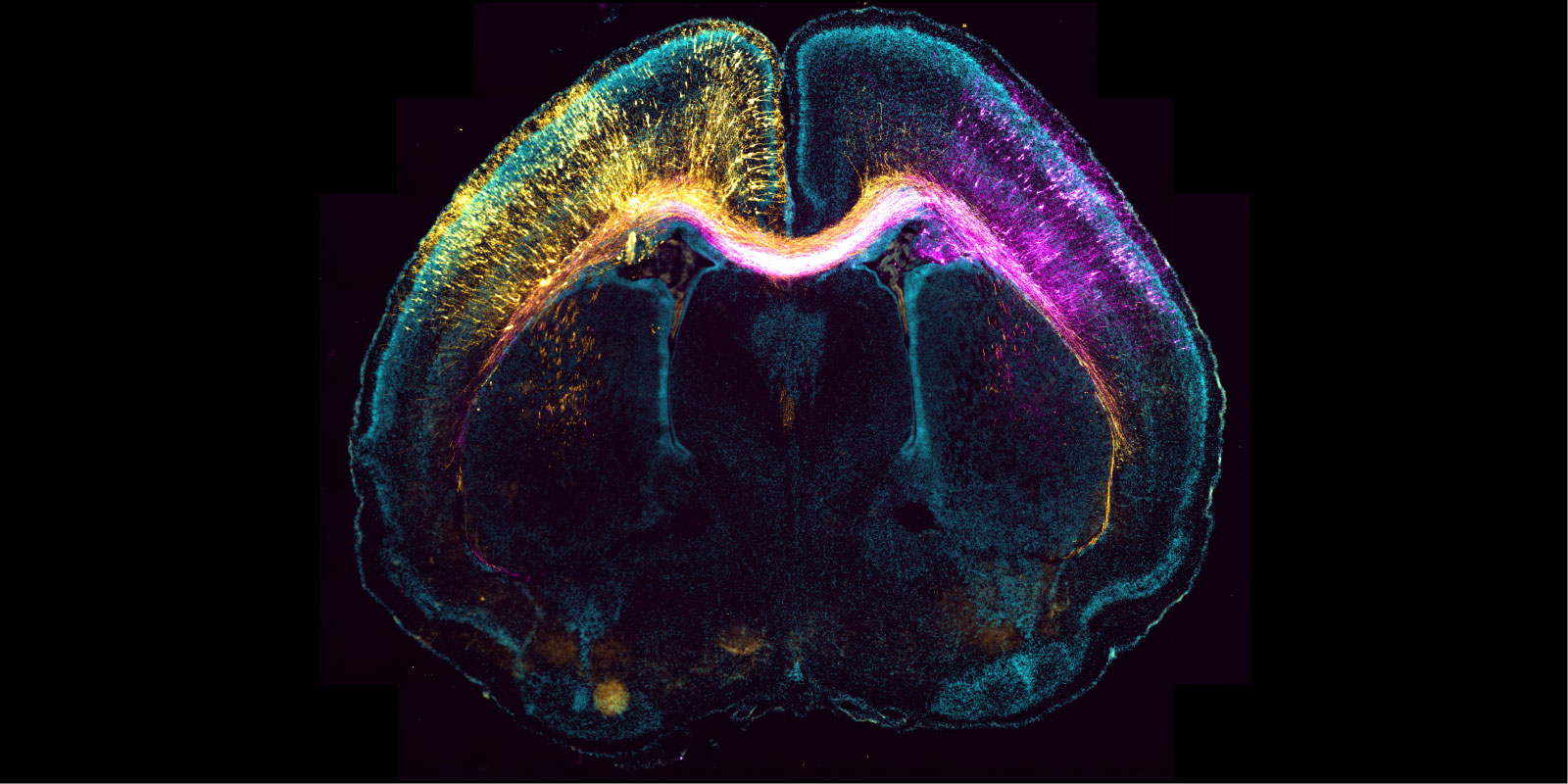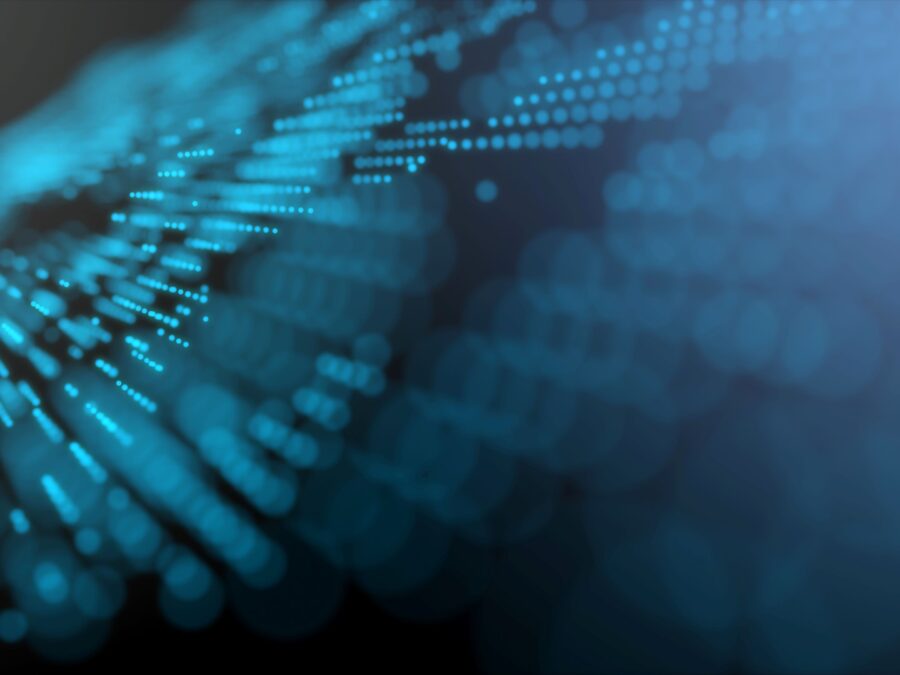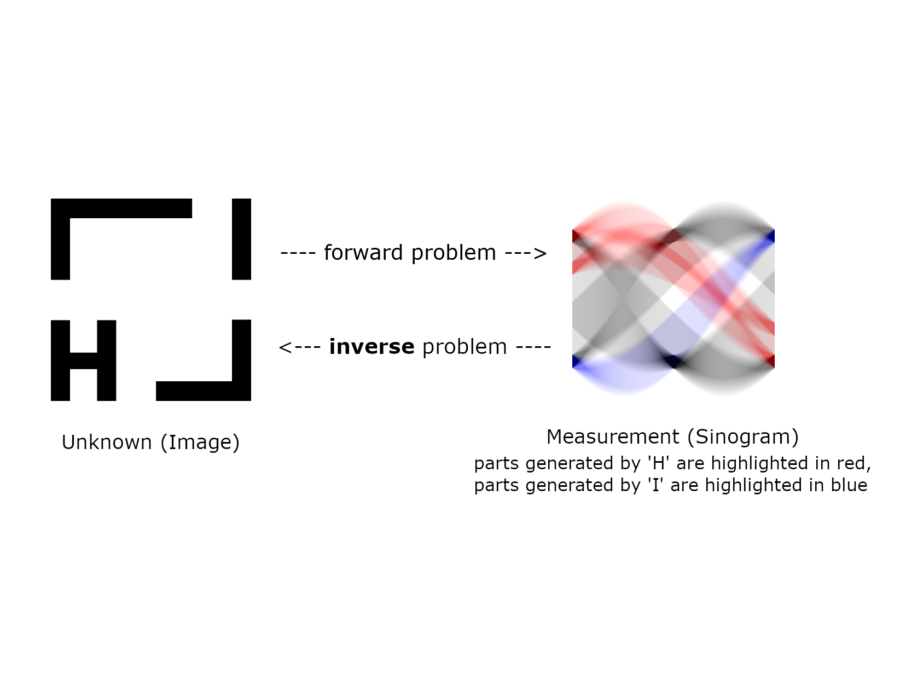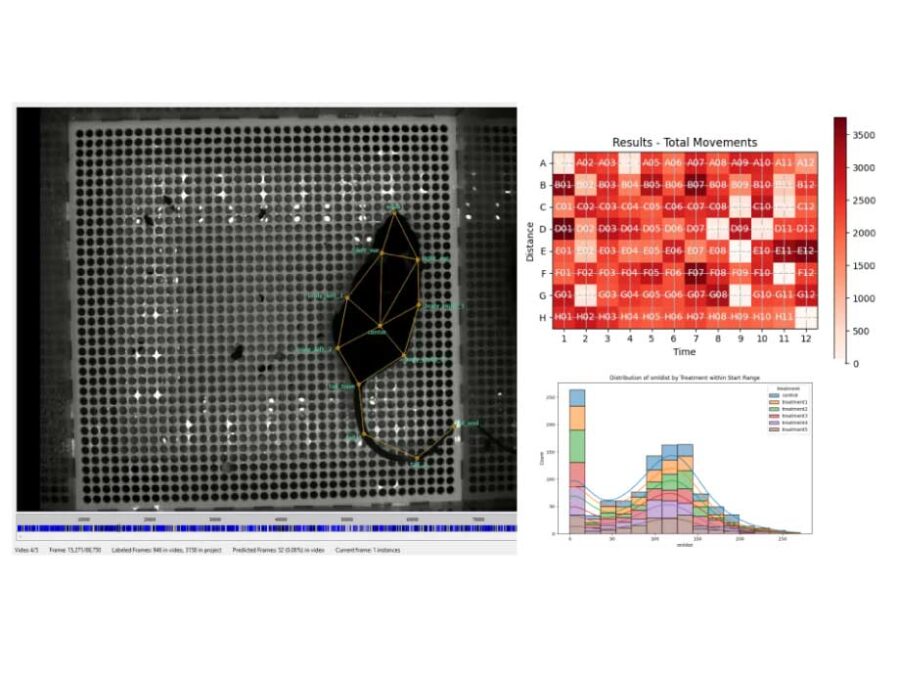Spatio-temporal inverse approaches for EEG/MEG reconstruction of neural networks in the human brain

In electroencephalography (EEG) and magnetoencephalography (MEG) source analysis, electric current sources in the human brain are reconstructed from non-invasively measured potentials and magnetic fields at or close to the head surface. EEG/MEG source analysis is used for neuroimaging in basic brain research such as the field of evoked potentials (EP) and fields (EF) and in clinical applications such as presurgical diagnosis of medication-resistant focal epilepsy. In these applications it is the aim to reconstruct (sub-)cortical travelling waves that originate from focal sources of origin, then propagating along the possible close and long-range fiber connections to other areas in the brain, possibly changing source depth and level of synchronization, i.e., source extent, in a continuous way during propagation. Currently, only few inverse EEG and MEG source analysis approaches take the available spatiotemporal prior information of such travelling waves into account.
In this project, we will develop new combined EEG/MEG spatiotemporal inverse current density
reconstruction (CDR) approaches based on realistic calibrated finite element method (FEM) forward modelling. Our new approaches will make use of the very high temporal and adequate spatial resolution of the complementary EEG and MEG data. Since L 1 -norm CDR is more suitable for the reconstruction of focal sources, while for more extended sources L 2 -norm CDR is preferred, we will develop L p spatial regularization for 1 ≤ p ≤ 2 in combination with appropriate depth weighting approaches. This will be combined with temporal smoothing by regularizing temporal derivatives of the CDR. Furthermore, the earth mover’s distance (EMD) will be used as a new temporal regularization concept, allowing a continuous change of the synchronization level and thus extent of the underlying sources in (sub-)cortical travelling waves. We propose to realize these developments in regularization frameworks.
Learned regularization concepts using standard bilevel optimization and novel adversarial regularization approaches will help us to distinguish between deep focal and superficial extended source activities in combined EEG/MEG scenarios for automatically determining the norm and weights of CDR (hyper-)priors. The performance of our new dynamic inversion approaches in comparison to the current standards such as dipole scanning, beamforming and instantaneous CDR will be evaluated in excessive well-controlled multi-layer sphere as well as realistic head model computer simulation studies, in EP/EF neurophysiological investigations involving sources of different depth and extent and for an improved diagnosis and treatment of patients suffering from medication-resistant focal epilepsy.
Image: Sebastian Dupraz, DZNE (BSIC 2023 contribution)
Other projects

FONDA: Dependability, Adaptability and Uncertainty Quantification for Data Analysis Workflows in Large-Scale Biomedical Image Analysis
The project aims to enhance infrastructures for machine learning (ML)-intensive DAWs in advanced biomedical imaging applications.
Foundations of Supervised Deep Learning for Inverse Problems
Recently, deep learning methods have excelled at various data processing tasks including the solution of ill-posed inverse problems. The goal of this project is to contribute to the theoretical foundation for truly understanding deep networks as regularization techniques which can reestablish a continuous dependence of the solution on the data.
BestMeta
Behavioral Standard Metadata
Developing metadata standards and FAIR analysis pipelines for Video Tracking Assays (VTAs) in toxicology and medical sciences